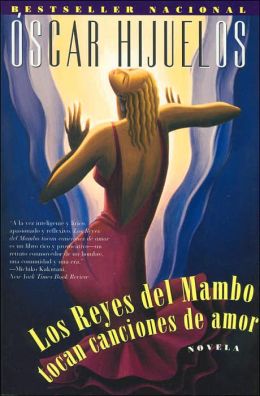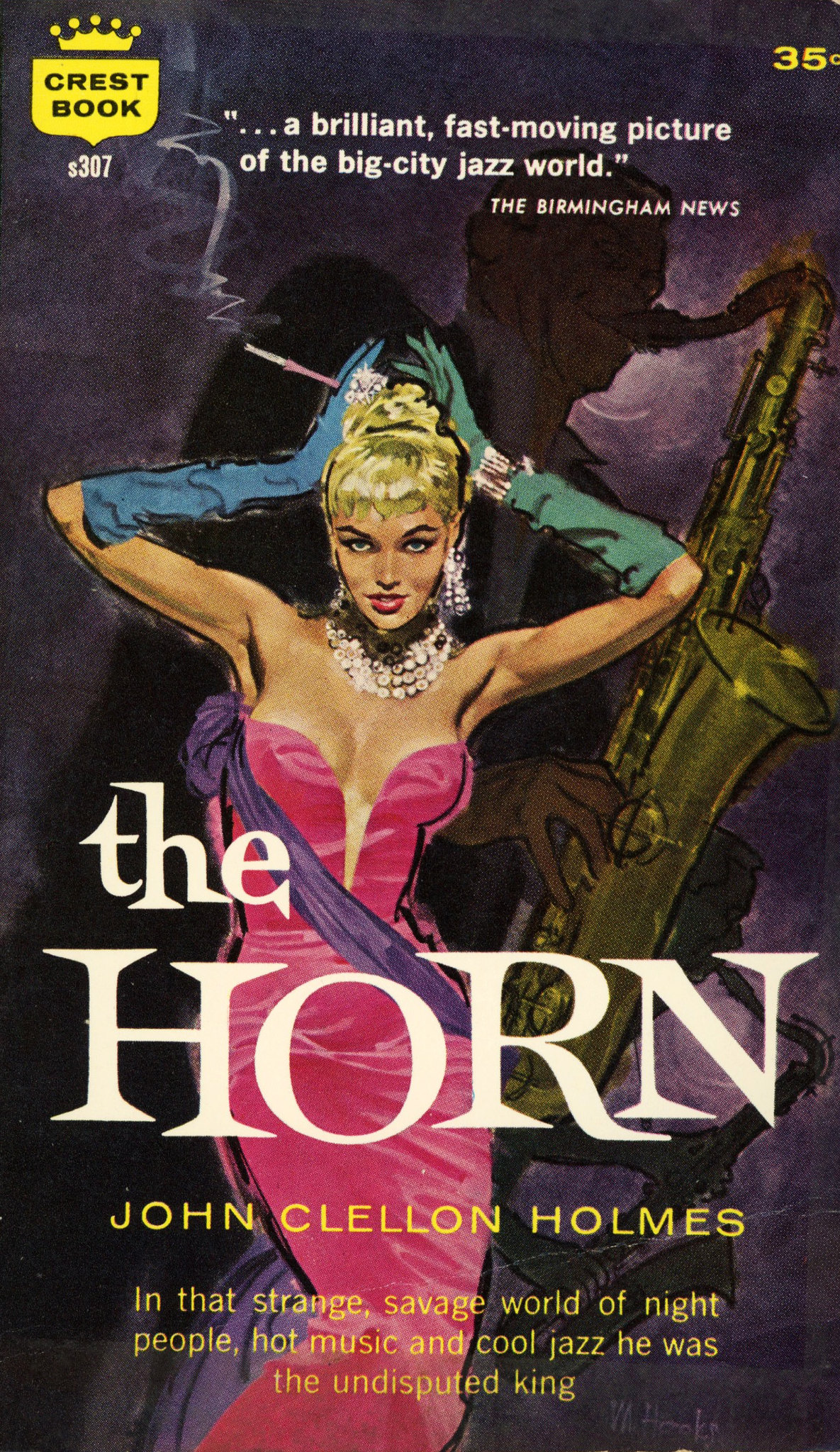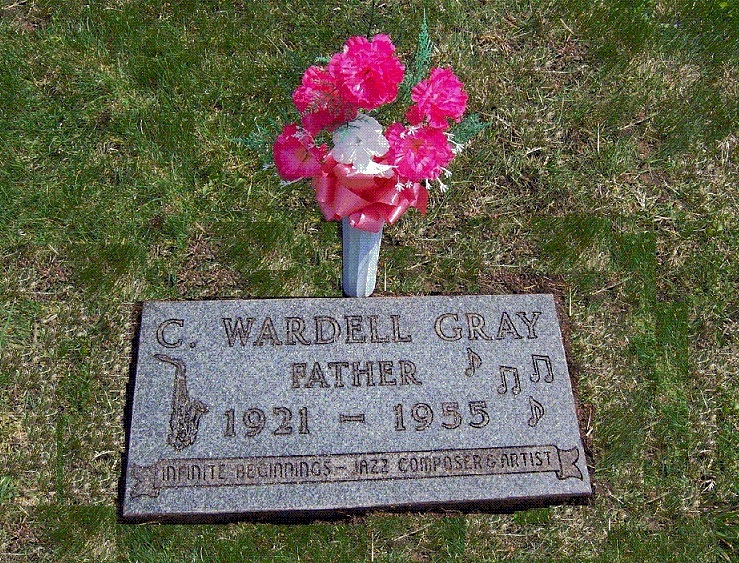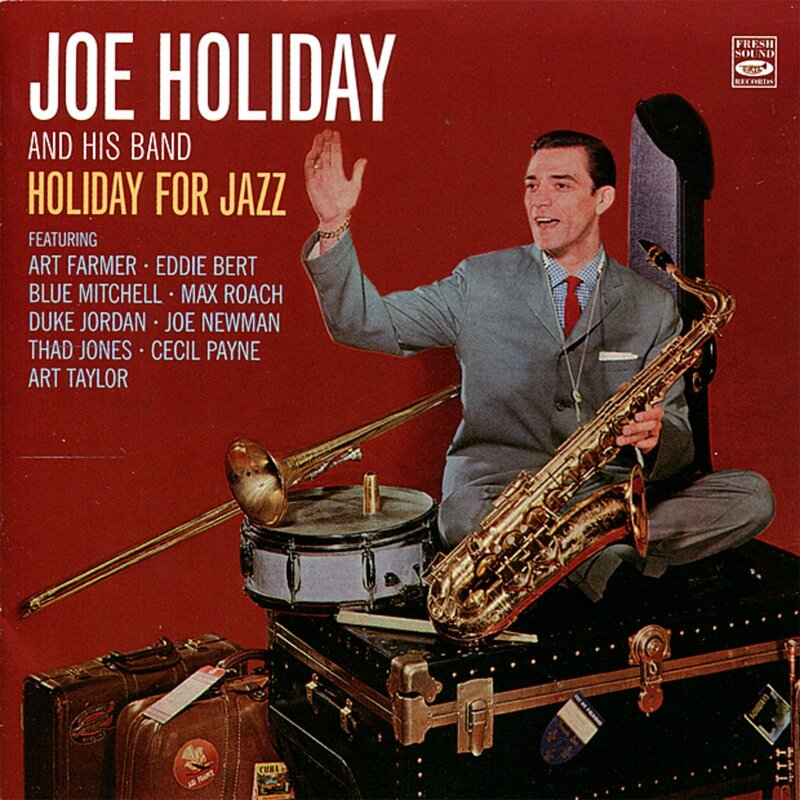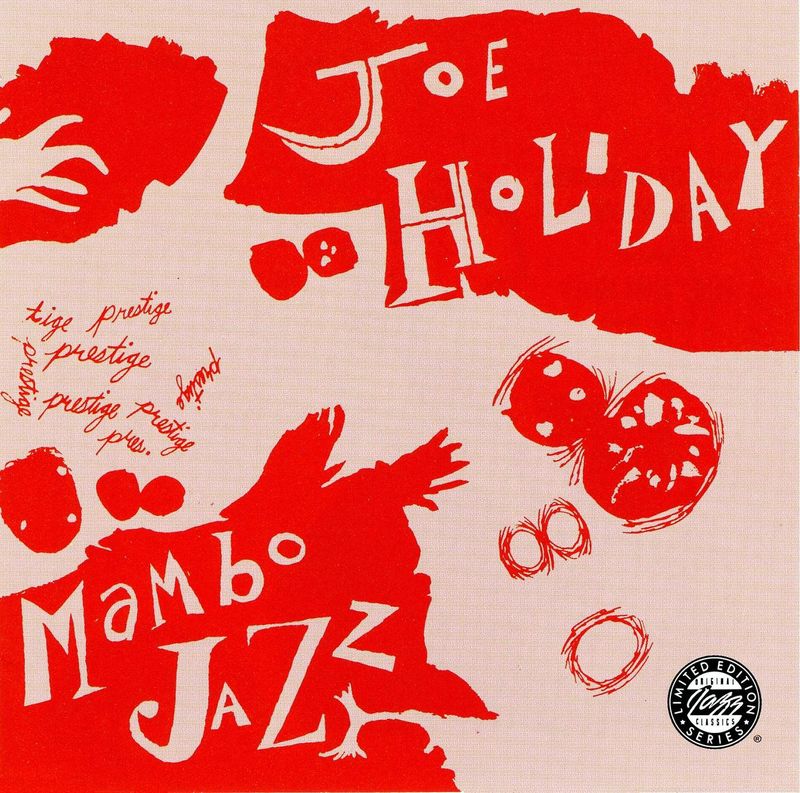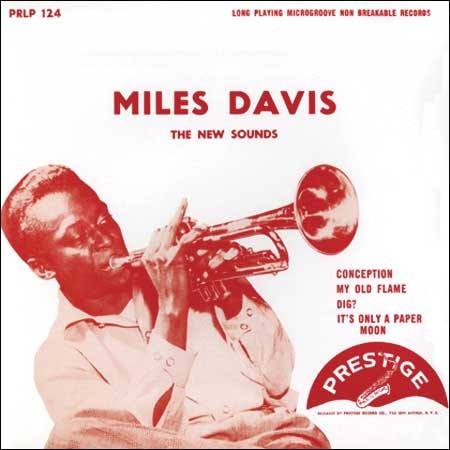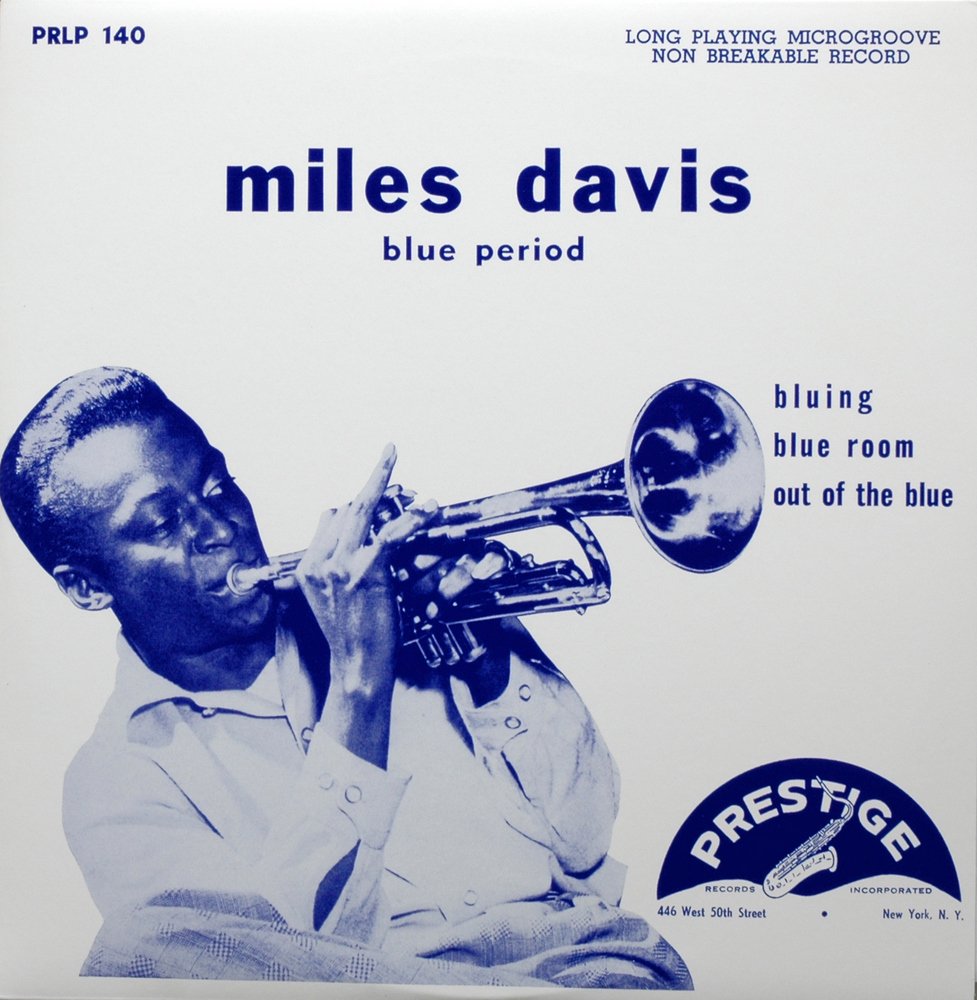Early in 1952, Bob Weinstock seems to have been stirring the pot a little, not entirely sure of what he was looking for. He recorded some of his old favorites, like Wardell Gray and Sonny Stitt. He did another Swedish session.
He tried some more blues and gospel. On January 3, he had Brownie McGhee back in the studio to record two songs, solo this time. "Heart in Sorrow" and "Operator Long Distance" became standards of McGhee's repertoire, and I'm not sure I can locate these particular versions, although they were released on Par Presentation. On January 23, he recorded 12 songs by two different gospel groups, and never released any of them.
So one has to wonder if he walked into his scheduled February 19 recording sessions with more of a desultory "What the hell, let's try this" approach. He hadn't recorded a lot of vocals. Looking back, I see The Cabineers, who weren't a huge success. Then nothing until the H-Bomb Ferguson/Ralph Willis/Brownie McGhee sessions of late 1951, and folk blues/rhythm and blues was not a direction he was much focused on.
So he put together a band of hard working studio musicians under hard working Teacho Wiltshire -- Leonard Gaskin and Cecil Payne the only ones to establish names for themselves in the jazz world -- and scheduled them to back up a couple of singers, doing two songs each.
One was Bobby Harris, about whom I can find nothing. There's a 1965 Atlantic Recording by a Bobby Harris on YouTube, but who knows if it's the same one? It's a common name. "Rub a ittle Boogie" is included on a compilation album called New York Blues 1945-1956, but a review in a blues magazine which goes into detail on all the other performers in the compilation, says nothing about Bobby Harris.

The other was King Pleasure.
And I wonder if Weinstock knew what he had, when he played back this one.
First off, it is one my favorite records of all time. The King Pleasure/Annie Ross LP was one of the first jazz records I ever bought, and I've never gotten tired of it.
Second, if he was looking for a jukebox hit, this was it. He'd had some chart success in 1951, with Gene Ammons's "Jug" making the rhythm and blues charts, but "Moody's Mood"was huge, making it to #2 on the R&B charts.
It remains one of the great jazz vocal recordings, and one of the most curiously underappreciated. Much of what's written about it tends to harp on the fact that King Pleasure didn't actually write it, although no one harps on the fact that Louis Armstrong didn't write "Sweethearts on Parade," and Frank Sinatra didn't write "I Could Write a Book." The melody is, of course,
James Moody's improvised solo to "I'm In the Mood for Love," recorded in Sweden in 1949 -- actually Moody's solo and the brief solo by Swedish pianist Gosta Theselius, sung by Blossom Dearie in the 1952 recording -- and the lyrics were written to Moody's solo by Eddie Jefferson. Pleasure heard Eddie Jefferson sing it in a club, and asked if he could sing it as well. Then when Bob Weinstock signed up a couple of unknown singers for a quickie recording date with Teacho Wiltshire's band, this was one of the songs Pleasure brought with him. He must have also brought Blossom Dearie with him -- she was relatively new in New York, and had been working as a backup singer for Alvino Rey and Woody Herman.
Later in 1952, Dearie would move to Paris, where she would make her reputation. In her official bio -- another underappreciation, or perhaps it's just because she isn't credited on the record -- this recording is not mentioned.
And finally, this back of the hand from reviewer Alan Kurtz on the jazz.com website, "Singing with more gusto than skill, Pleasure put vocalese on the map and then, as online biographer Alex Henderson writes, '"faded into great obscurity.'" Kurtz has never heard "Parker's Mood"? "Don't Get Scared"? "Jumpin' with Symphony Sid"?
Eddie Jefferson created vocalese, and Pleasure, as Kurtz grudgingly admits, put it on the map. I think calling this form "vocalese" ultimately gave it a bad rap, because it came to have a reputation as a gimmick, when it was attempted by people who weren't as good as Eddie Jefferson, or King Pleasure, or Annie Ross or Dave Lambert. Or Job Hendricks, who has described the first time he heard King Pleasure's recording:
'It opened up a whole world for me...I was mesmerized. I'd been writing Rhythm and Blues songs, mostly for Louis Jordan. But I thought 'Moody's Mood For Love' was so hip. You didn't have to stop at 32 bars. You could keep going.'
There actually were a few recordings of singers reproducing an instrumental solo before Jefferson, and before anyone called them vocalese.
Bee Palmer, better known as a dancer in the flapper age (called the "Shimmy Queen"), made a record of "Singin' the Blues" with Frankie Trumbauer, where she sang the Bix Beiderbecke trumpet part, and it's not very good, but it's not awful, either.
Ethel Waters covered Louis Armstrong's classic "West End Blues," and she didn't exactly replicate Armstrong's trumpet part, but she did her own version of it, and it's very, very good.
Here's a note to my new friends in the Jazz Educators page of Facebook -- the vocalese version of
"Moody's Mood" -- and there are many covers, but I'd go with the Pleasure or Jefferson versions -- can, I think, be a great teaching tool to someone like me who loves music but is more knowledgeable about words. Jefferson's lyrics, which dance away from, and then back to, Jimmy McHugh's original lyrics, can be a wonderful lesson to a verbal person in how a jazzman improvises on a melody.
The other cut from this session is "Exclamation Blues," which is a not very good song, but a good rhythm and blues delivery by King Pleasure, and a terrific sax session break from Teacho Wiltshire's band. Hard not to wonder if Bob Weinstock wasn't thinking that "Exclamation Blues" might be his breakout jukebox hit. Or, for that matter, if it might be one of Bobby Harris's songs. In the music business, you never know.
Others on the session: Merrill Stepter, listed on a recording with Don Byas and Buck Clayton. Maybe also recorded with Big Bill Broonzy.
Ray Abrams has a solid bio -- worked with Dizzy Gillespie, Andy Kirk,Don Redman, Slim Gaillard, Hot Lips Page, Roy Eldridge, and he is hot on this session.
Prestige issued "Moody's Mood" b/w "Exclamation Blues" on a 78, and later issued it again (as "I'm in the Mood for Love") b/w "Red Top" on a 45. "Moody's Mood" was included on the 7000-series
King Pleasure Sings/Annie Ross Sings LP.
Both songs (neither of the Bobby Harris songs) are available on Spotify, but be careful. Pleasure re-recorded "Moody's Mood" some years later for United Artists, and while he still sounds great, the recording doesn't. The jazz group has been replaced by a string session, and Blossom Dearie has been replaced by a Blossom Dearie soundalike -- she actually sounds too much like Blossom to be Blossom, if that makes any sense. Too airy, too chirpy -- a Blossom Dearie imitator. And double-tracked, which is unnerving. Look for the version from
King Pleasure Sings/Annie Ross Sings, not the version from
Moody's Mood for Love.
